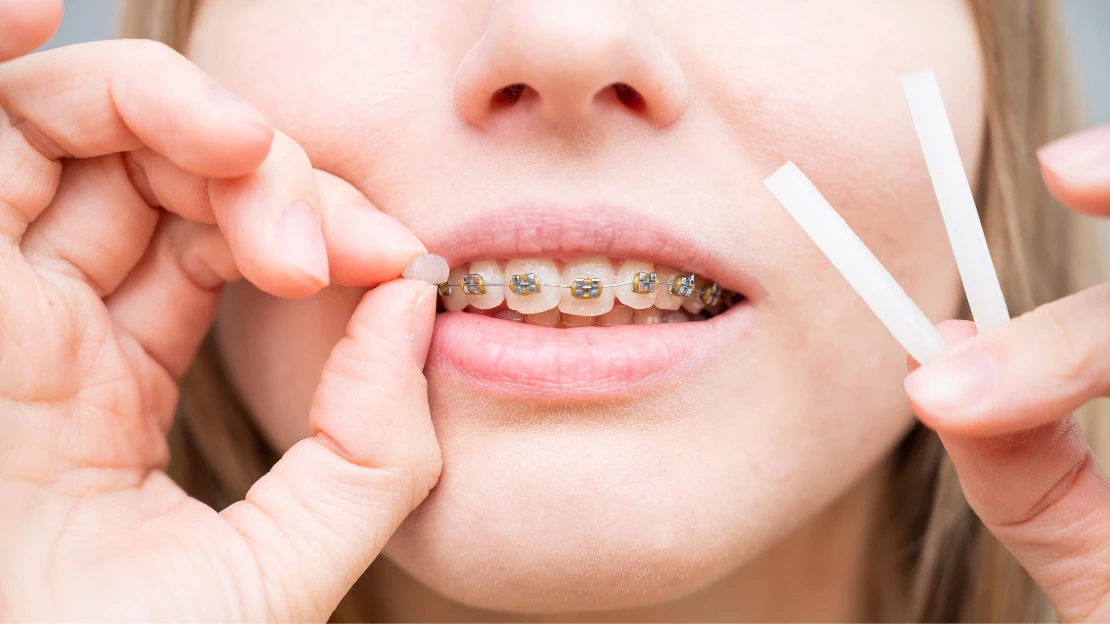Legacy Orthodontics Fundamentals Explained
Legacy Orthodontics Fundamentals Explained
Blog Article
Examine This Report on Legacy Orthodontics
Table of ContentsThe Facts About Legacy Orthodontics Revealed6 Simple Techniques For Legacy OrthodonticsLegacy Orthodontics Things To Know Before You Get ThisGet This Report on Legacy OrthodonticsSome Ideas on Legacy Orthodontics You Need To Know
In enhancement, we offer flexible treatment timetables, versatile payment choices and an enjoyable, pleasurable experience.An orthodontist is a dental practitioner trained to identify, avoid, and treat teeth and jaw irregularities. They correct existing conditions and are trained to identify problems that may create in the future. Orthodontists deal with individuals of every ages, from youngsters to grownups. People frequently connect an ideal smile with healthiness.
Malocclusion, or misaligned teeth, can result in oral issues, including dental cavity, gum tissue disease, and challenging or painful eating. Yet not everybody is born with straight teeth. If you have a poor bite or large rooms between your teeth, you may intend to get in touch with a dental professional focusing on orthodontic treatment.
The Best Strategy To Use For Legacy Orthodontics
( Picture Credit Score: DigitalVision/Getty Images) Orthodontists utilize dealt with and removable dental tools, like dental braces, retainers, and bands, to change the position of teeth in your mouth. Orthodontic treatment is for dental abnormalities, including: Uneven teethBite issues, like an overbite or an underbiteCrowded teeth or teeth that are as well far apartJaw misalignmentThe objective of orthodontic therapy is to boost your bite.
A healthy and balanced bite guarantees you can consume, chew, and speak correctly. While you could consider orthodontists as mainly for kids or young adults that require braces, they can deal with oral problems at any type of age. Orthodontists participate in university, oral school, and orthodontic institution. After graduation, they spend 2 or 3 years in an orthodontic residency program.
All orthodontists are dentists, but not all dentists are orthodontists. Orthodontic residency programs provide intensive, focused instruction for oral professionals. They concentrate on 2 locations: Exactly how to effectively and securely relocate teeth Exactly how to correctly direct development in the teeth, jaw, and faceOnce an orthodontist has actually completed training, they have the choice to come to be board certified.
The Facts About Legacy Orthodontics Uncovered
Misalignment, or malocclusion, is one of the most common factor people see an orthodontist. It is genetic and is the outcome of dimension distinctions in between the upper and lower jaw or in between the jaw and teeth. Malocclusion results in tooth congestion, an irregular jaw, or irregular bite patterns. Malocclusion is typically treated with: Your orthodontist affixes steel, ceramic, or plastic square bonds to your teeth.
Some individuals require a headgear to assist relocate teeth into line with pressure from outside the mouth. A retainer is a personalized device that maintains your teeth in area.
They're most frequently used on kids. They can develop added room in the mouth without having to pull teeth. If you have a significant underbite or overbite, you might need orthognathic surgical treatment (likewise called orthodontic surgical procedure) to lengthen or reduce your jaw. Orthodontists utilize wires, medical screws, or plates to sustain your jaw bone.
You might need to see an orthodontist if you have: Crowding or otherwise enough area for all of your teethOverbite, when your upper teeth come over your base teethUnderbite, when your bottom teeth are too much forwardSpacing or issues with gapsCrossbite, which is when your top teeth fit behind your bottom teeth when your mouth is closedOpen bite or a vertical gap between your front bottom and top teethMisplaced midline, when the facility of your base and top teeth don't align Correcting a dental malocclusion can: Make attacking, chewing, and talking easierImprove the balance of our face and your general appearanceEase discomfort from temporomandibular joint problemsSeparate your teeth and make them easier to cleanse, assisting stop dental cavity or dental caries It's frequently a More Info dental practitioner that initially notices misaligned teeth throughout a regular exam.
Legacy Orthodontics Fundamentals Explained

During your first orthodontic examination, you'll likely have: An oral examPhotos taken of your face and smileDental X-raysPanoramic (360 level) X-rays of your face and headImpressions to produce molds of your teethThese tests will help your orthodontist know exactly how to wage your therapy. clear braces. An orthodontist is a dental practitioner that's had training to treat your teeth and jaw
An orthodontist is concentrated on your bite, so something like a broken tooth would certainly be managed by a dental practitioner. Orthodontists are focused on your bite, or the method your teeth fit with each other, and the straightness of your teeth.
Ever wondered just how stars always seem to have flawlessly straightened teeth? The response typically hinges on the knowledgeable hands of an orthodontist. What specifically does an orthodontist do? Orthodontists are dental professionals who concentrate on fixing irregularities in the teeth and jaws. Their expertise surpasses simply creating a stunning smile; it includes enhancing your total oral health and wellness and feature.
The Legacy Orthodontics Ideas

While dental braces are one of the most commonly acknowledged orthodontic treatment, orthodontists have a diverse toolkit at their disposal. The certain strategy picked depends on the severity of the situation, the patient's age, and individual preferences. These tried-and-true braces utilize a system of brackets bonded to the teeth and connected by wires.
Clear aligners, like Invisalign, are a prominent option for individuals seeking a much more discreet therapy alternative. These detachable trays are personalized to considerably change the teeth's placement. Headwear may be used in combination with dental braces or aligners to use extra targeted forces, specifically for dealing with jaw discrepancies. In situations of narrow jaws, palatal expanders can be used to create room for appropriate tooth positioning.
Report this page